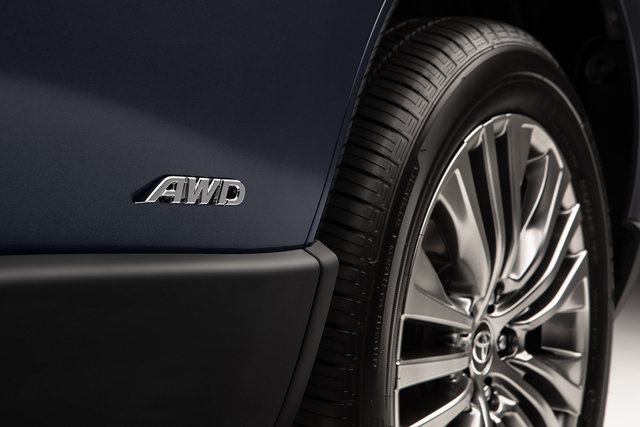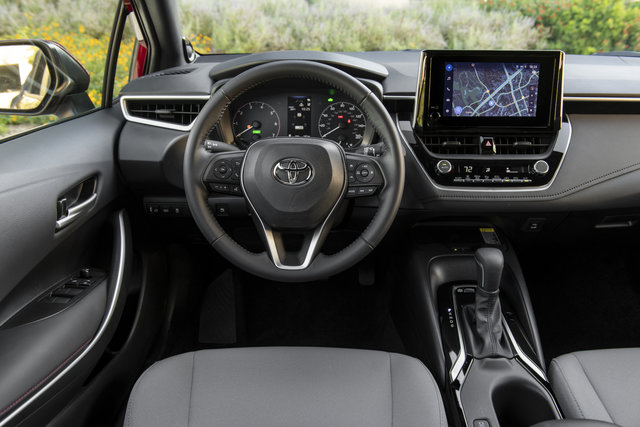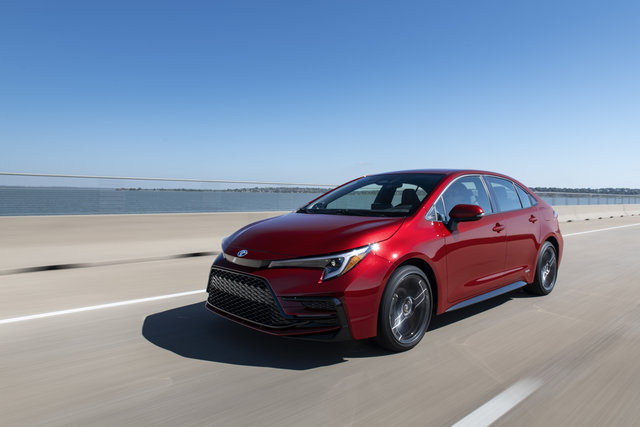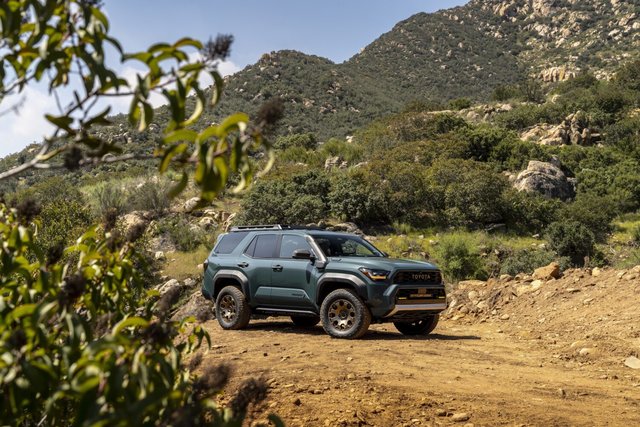Toyota's vision of a world without accidents drives continuous innovation in their safety...

If you've ever driven an all-wheel-drive vehicle, you already know all the benefits of this type of system. All-wheel drive is simply a way of distributing power from the engine to the wheels. In this case, we are talking about a system that can distribute engine power to all four wheels of the vehicle, unlike a front-wheel drive system that sends power only to the front wheels.
The advantages of all-wheel drive are numerous. Having power from all four wheels provides more stability on slippery roads, allows for trouble-free climbing up steep grades and provides better handling.
However, not all all-wheel drive systems are created equal. There are notable differences between the different systems offered on the market. Toyota also offers various systems within the brand, including an all-wheel drive specially designed for hybrid vehicles.
Toyota Dynamic Torque Control
The Toyota all-wheel drive found on the Toyota RAV4 and Toyota Highlander, among others, is called Toyota Dynamic Torque Control. This is the most popular system at Toyota. Introduced in 2013 on the RAV4, this system actively transfers engine torque between the front and rear axles, but in most cases the power is sent to the front wheels.
The system is therefore in most cases a FWD system, which has many advantages in terms of fuel economy. Conversely, when it senses that there is a loss of grip (the system will notice this before the driver), the Toyota system sending the necessary power to the rear axle can restore grip. Up to 50% of the torque can get to the rear wheels.
Normally, the system dictates when to transmit power to the rear wheels. That said, some models offer the option of locking the center differential in order to manually distribute power evenly between the front and rear wheels. Plus, this advanced system can distribute rear power between the wheels along the axle for even more impressive grip.
Toyota Hybrid All-Wheel Drive
Several Toyota hybrid models offer all-wheel drive as well. This is the case with the RAV4 Hybrid, the Highlander Hybrid, the new Venza and the redesigned Sienna, but also the Toyota Prius.
Here, an electric motor at the rear takes care of giving power to the rear wheels when needed. There is no physical connection between the front engine and the rear wheels, which means there is virtually no fuel consumption impact with Toyota's hybrid all-wheel drive. When the rear wheels need power, the electric motor takes care of it.
Toyota's all-wheel drive lets you face the winter with confidence, of course, but it's also very useful in the summer. This system helps maintain stability at all times, whether you are on a dirt road, a wet road or encountering a puddle that could cause hydroplaning.
Come meet us today to find out more!
Other Articles That May Interest You
The Toyota Corolla has earned its reputation as the world's best-selling vehicle through decades...
Toyota's Trailhunter series represents the brand's factory-built solution for serious overlanding...





